England has some spectacular open spaces where social distancing comes naturally. Go ahead and become one with nature once again at one of these less well-known spots for a get-away-from-it-all, natural break.
Wander the Wolds with Hockney, in Yorkshire
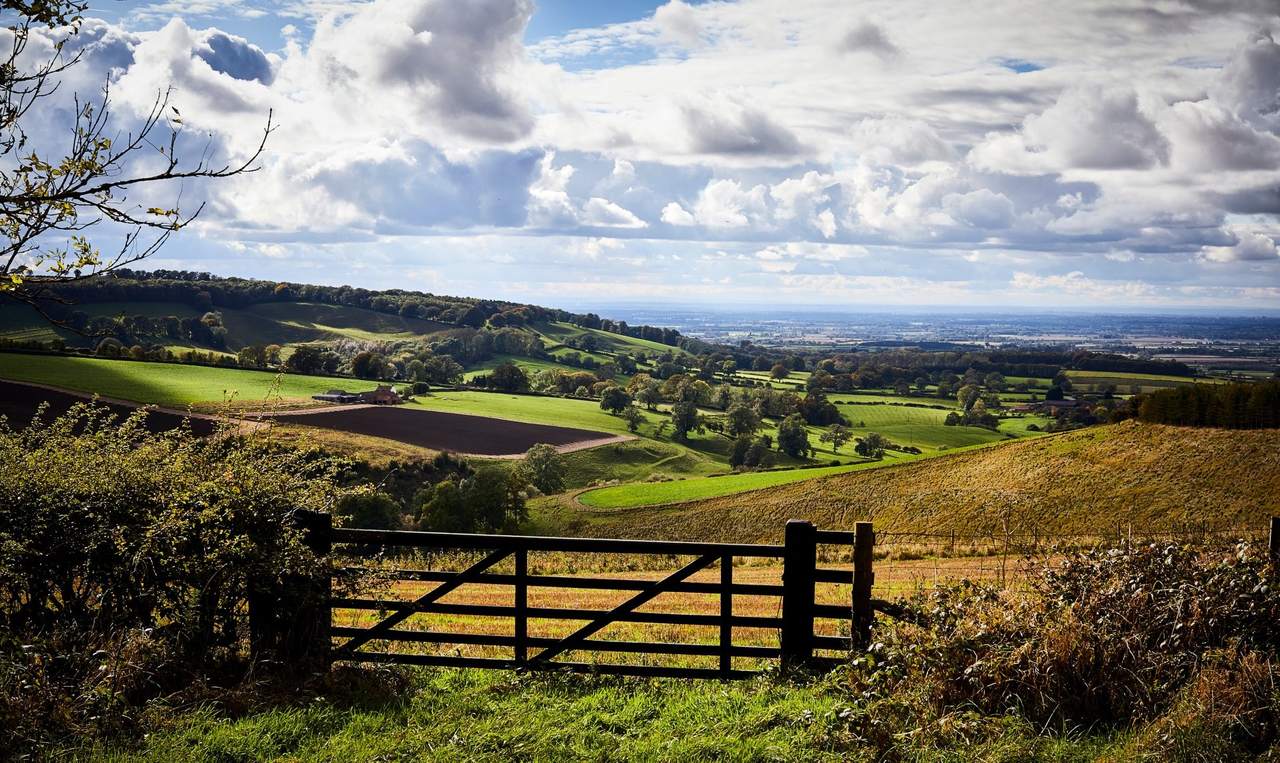
There can be few places where you can be surrounded by a living canvas immortalised by Britain’s greatest living modern artist. Yet The Yorkshire Wolds offer precisely that. Follow in the brush strokes of artist David Hockney – who, for many years, called East Yorkshire home – on a self-guided tour of Hockney Country.
This offers the chance to explore the real-life inspirations behind some of his most famous landscapes, including the site of ‘Bigger Trees’ – his largest work of 50 canvases showing a group of skeletal trees – around the village of Warter; and Thixendale, where he created ‘The Three Trees at Thixendale’, a series of paintings reflecting changing seasons. Another favourite location was Woldgate, an old Roman route, a few minutes drive from his Bridlington home at the time
More info: Visit Hull and East Yorkshire
Tennyson trail in Lincolnshire Wolds
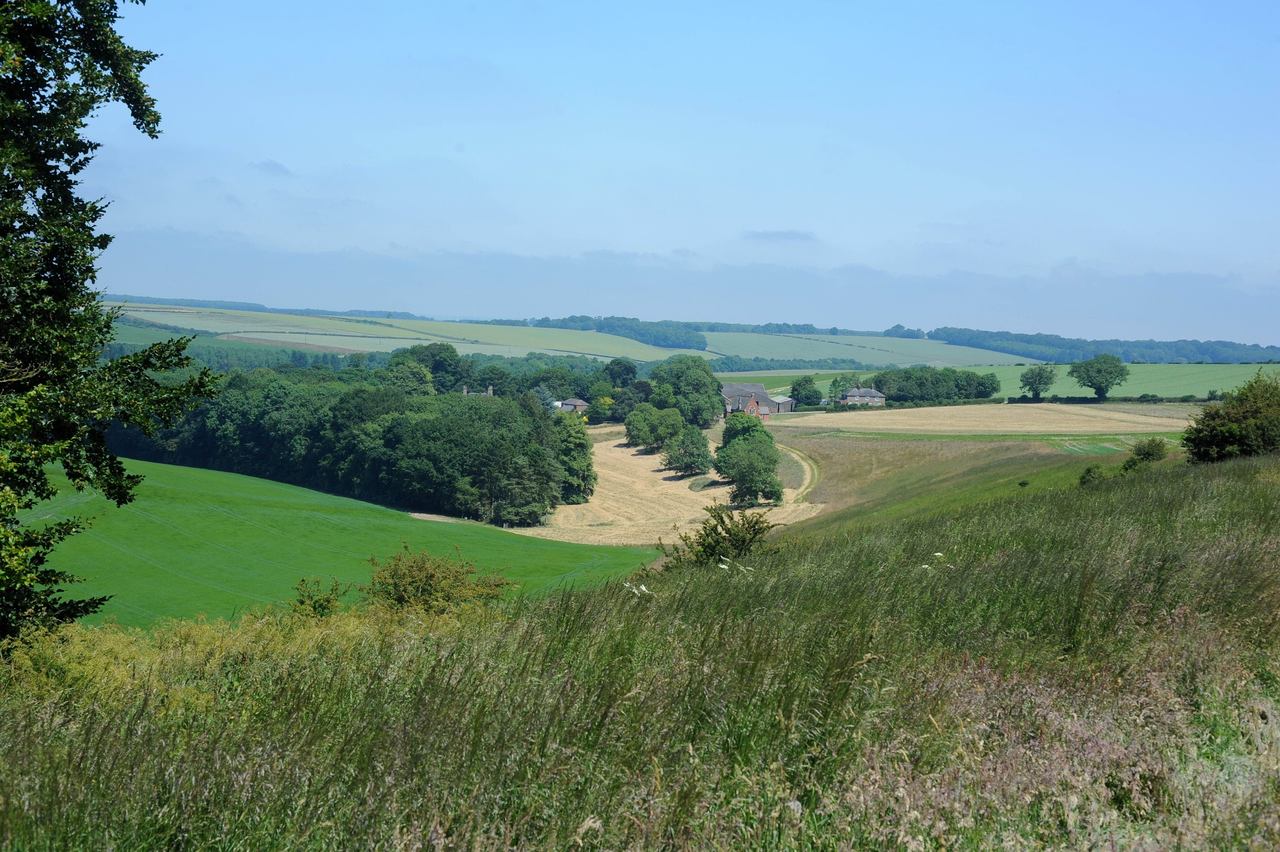
Lincolnshire Wolds
Head south and there’s more inspiration to be found in the Lincolnshire Wolds, this time from the world of poetry. Retrace the footsteps of one of the most famous poetic voices of the Victorian age on the Tennyson Trail, weaving around Lincolnshire’s rolling landscapes that inspired Alfred Lord Tennyson, who was born and brought up in the county.
One of England’s great unexplored landscapes, the gently rolling hills, wooded valleys and chalk streams challenge misconceptions of Lincolnshire being flat, providing leisurely walks to serious treks as well as some great cycling.
From the village of Somersby, where he was born, and spent the first 28 years of his life, the trail offers a chance to stroll through the countryside that inspired him. While at the picturesque village of Tetford is the 16th century White Hart Inn, which served as the poet’s local, where you can even sit in the oak settle used by Tennyson himself.
More info: Love Lincolnshire
The ‘other’ Peak District, Staffordshire
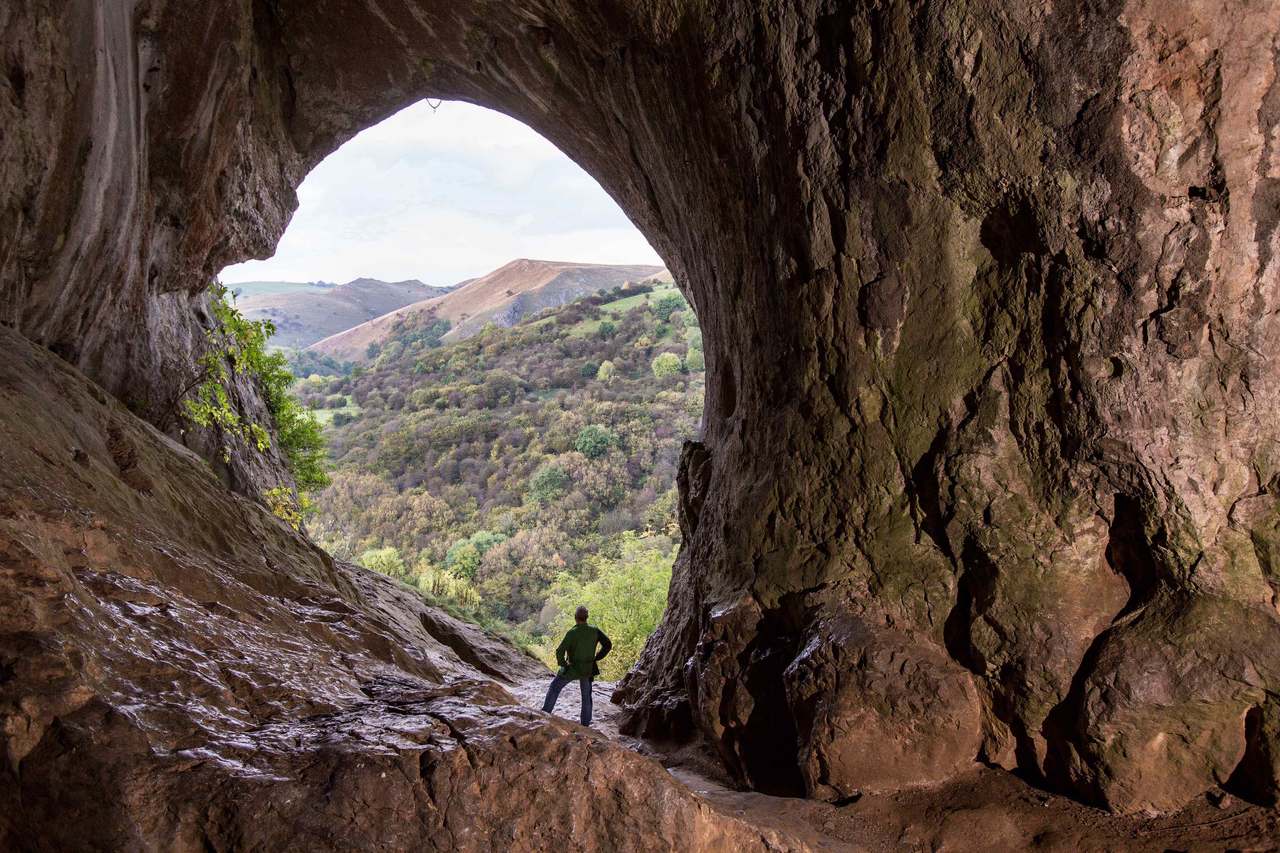
Thors Cave, Manifold Valley, Staffordshire c. Roy Riley
Mention The Peak District National Park and most people will think of Derbyshire, but Britain’s first national park also stretches over the border into neighbouring Staffordshire.
The Staffordshire Moorlands make up to a third of the National Park with views ranging from rocky outcrops to rolling hills and luscious valleys, along with plenty of peaceful villages, and the historic market town of Leek.
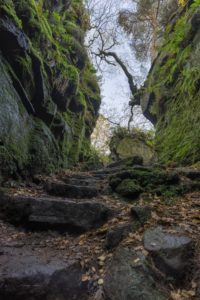
Lud’s Church
But there’s more to discover in this often underrated county. The Roaches – dubbed the gateway to Staffordshire’s Peak District – is blessed with soaring rock faces and heather-covered hillsides, and one of Staffordshire’s most photographed landscapes.
Protected for its wildlife and rare wild habitats, venture into the less-visited northern section, with its sheltered woodlands and the stunning rocky chasm known as Lud’s Church.
Then climb the steps to Thor’s Cave, one of the most spectacular sights of the valley at 250 feet above the track. The magnificent views are well worth the climb, and as you take it all in ponder over the idea that the cave itself is believed to have been home to cavemen 10,000 years ago.
More Info: Enjoy Staffordshire
Hampshire’s havens
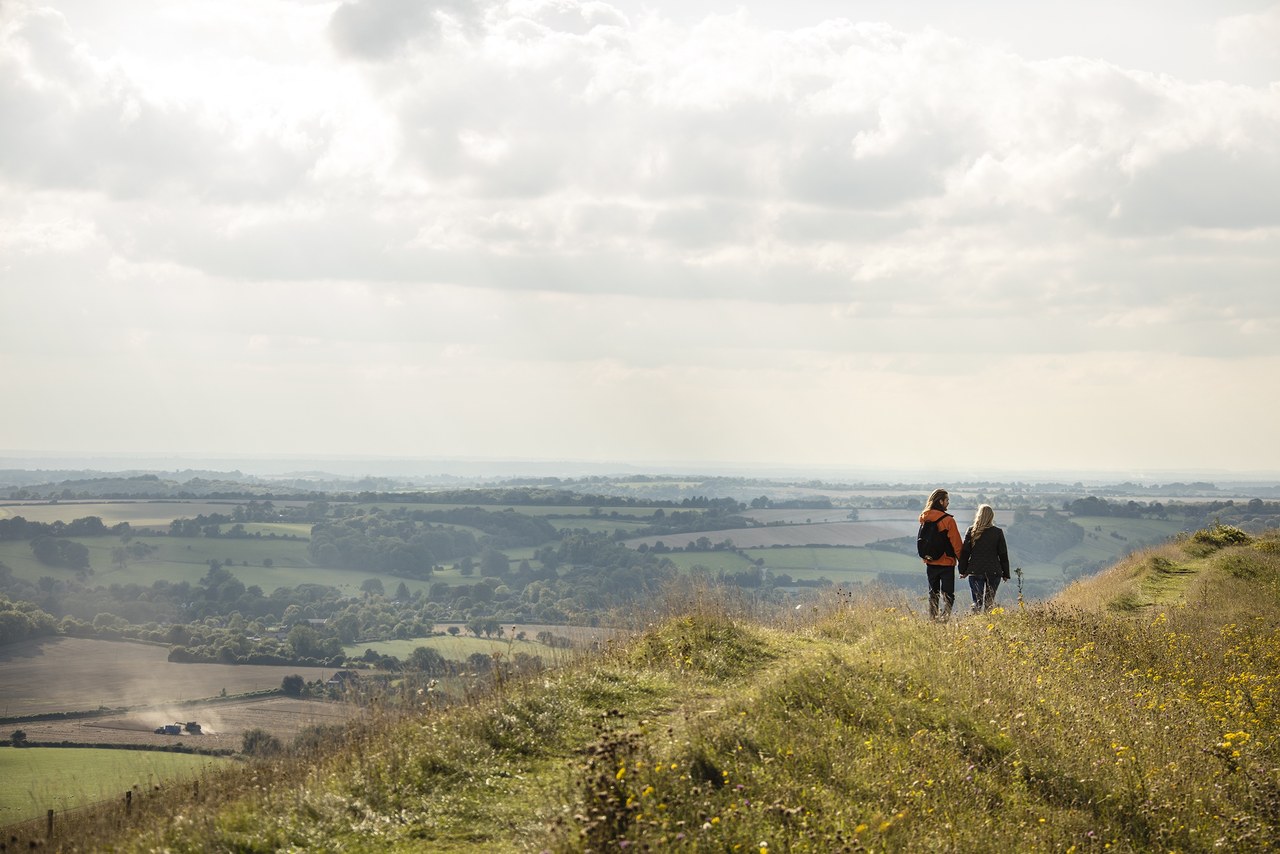
Old Winchester Hill, South Downs
Hampshire is home to not one, but two National Parks crisscrossed with 3,000 miles of footpaths, bridleways and byways.
The South Downs National Park
The South Downs National Park nicknamed the lungs of south-east England, stretches from Winchester in Hampshire to Eastbourne in East Sussex. Britain’s newest national park, it offers peaceful countryside with rolling hills and panoramic views and plenty of walking routes, including railway lines, which have been converted into trails as well as its most famous route, the 100-mile South Downs Way which winds along the banks of the River Adur
New Forest National Park
The New Forest National Park – first created in 1079 as a hunting area for William the Conqueror – is home to around 4,000 ponies, cattle and deer who roam freely amongst the ancient woodland. With more than 140 miles of tracks and footpaths, there are long-distance routes, short walks and easy to follow signed routes.
But there are some surprises too, such as the much less well-known, but equally picturesque landscape of the Test Valley, where the River Test meanders through ancient woodlands, tranquil water meadows and rolling chalk hills.
Within the South Downs Park around the 2,500-year-old Iron Age hill fort, you will come across the spectacular scenery the Meon Valley following the shallow and crystal clear river that’s so rich in wildlife.
More info: Visit Hampshire
